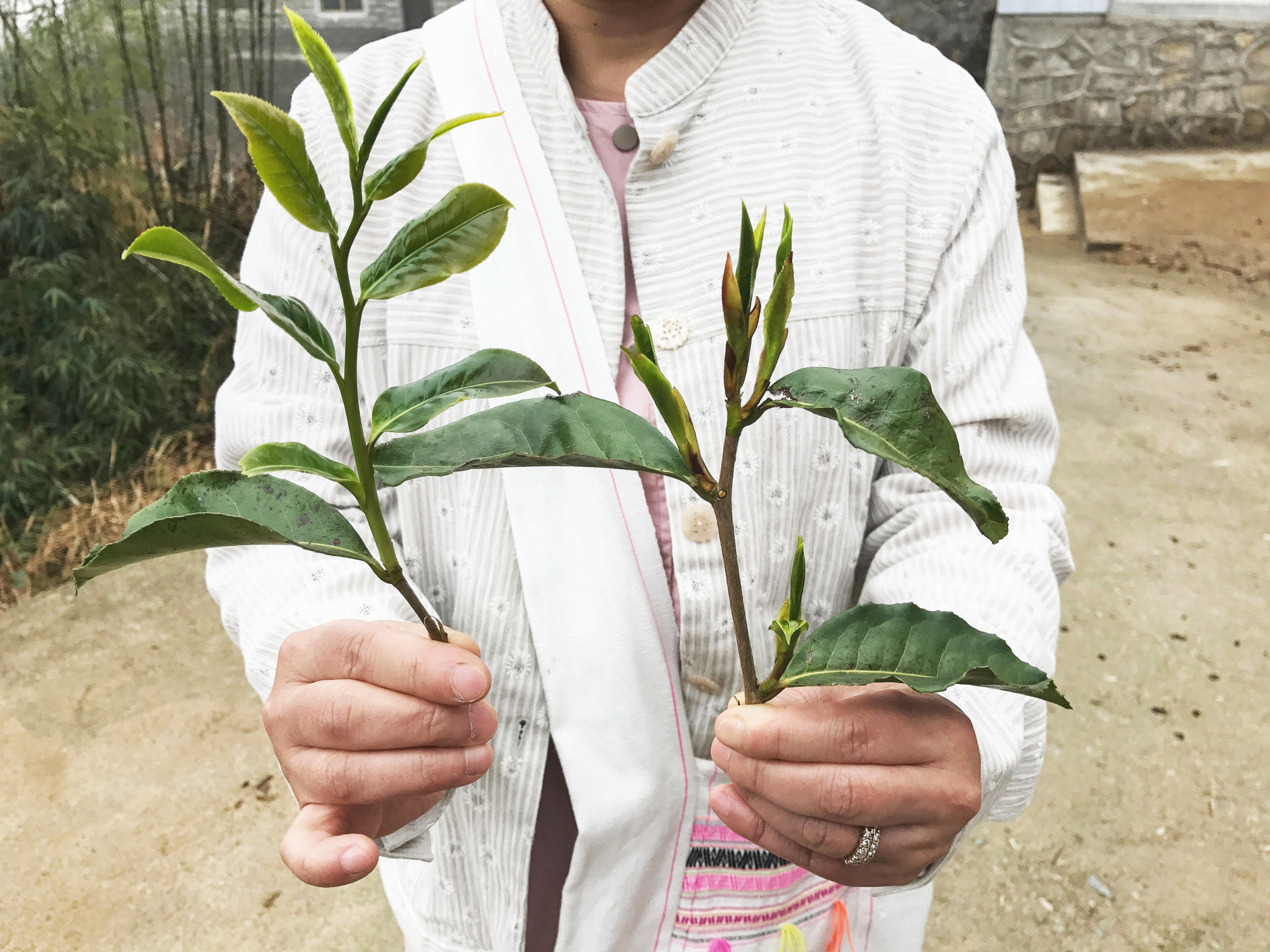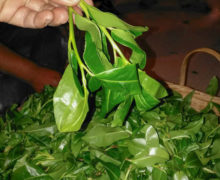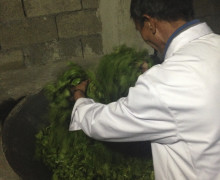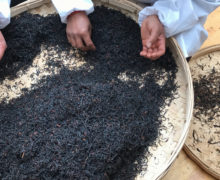Laoshu Dianhong (Old Tree Yunnan)
Black Tea 2023
A black tea unlike any other, made from a forest grown ancestral tea tree variety (Camellia taliensis) found only in western Yunnan. Possesses a unique rich wildflower aroma with a sweet finish, free of any heaviness or astringency. Naturally lower in caffeine and high in nutrition. A fine and distinctive black tea made from high quality leaves, sure to pique the interest of connoisseurs and new tea drinkers alike.
- 2022 $15.73
- Tea Origin
- Fengqing County, Lincang City, Yunnan Province, China
- Tea Bush
- Camellia taliensis
- Tea Maker
- Han Fengqin
- Harvest Time
- Late March
- Plucking Standard
- Two leaves
A black tea unlike any other, made from a forest grown ancestral tea tree variety (Camellia taliensis) found only in western Yunnan. The pristine tea leaves used for Laoshu Dianhong are usually reserved for high-grade puer tea. In this case, however, they have been processed as a black tea. It possesses a unique rich wildflower aroma with a sweet and complex finish, free of any heaviness or astringency. Its golden brew is naturally lower in caffeine than other teas and high in nutrition.
The ancestor of modern tea trees

Among the tea trees deep within the forests of Yunnan Province’s Lincang region grows the rare Camellia taliensis species used to make Laoshu Dianhong. This plant variety was identified by tea scientists as the ancestor of the dominant tea bush varieties used today: varieties of the closely related Camellia sinensis plant. The most common variety in Yunnan’s forests is the large-leaf Camellia sinensis var. assamica tea tree.
Making Laoshu Dianhong black tea: A serendipitous start
The trees used to make Laoshu Dianhong are minimally maintained and seasonally gathered by the local inhabitants who, in the early spring, pick the fresh grown leaves of these tea trees along with the forest’s wild mushrooms and herbs as a source of income.

The practice of making this tea began by accident. During one spring in recent years, some mushroom gatherers were out in the forest when they discovered that the tea trees had already produced young growth. They picked these young leaves and continued on their mushrooming trip. Days later, when they had returned home with what they had gathered, they discovered that the young tea leaves had browned with oxidation. Rather than discard the leaves, they drew from local expertise in black tea making and got help to produce a fully oxidized black tea from these leaves. The result was unlike any other black tea available and instantly gained the attention of tea lovers.
Origins in historic Baiyingshan

The Baiying mountain range in the Lincang area of Yunnan Province is well-known by tea scientists for its diversity of wild, transitional, and cultivated tea plants. Through research of the genetic material of the tea plants in this area, scientists were able to determine that tea originated in China.
Buddhist monks moved into the area around 1100 years ago and started growing tea. Buddhism and tea typically spread together. There is even the saying “chan cha yi wei,” which roughly translates to “zen and tea, same taste.” The Lancang River (Mekong River) runs through Baiyingshan in a deep canyon, creating variety in the geology and weather of the area. With good sunshine, plenty of clouds, good soil, and a wide daily temperature range, the tea from this area is nutritious and flavorful.
Since 1939, Dianhong or Yunnan Black Tea has been produced largely as an export product. In contrast to this, Laoshu Dianhong, because of its special origins and outstanding floral character, has now become very popular in the Chinese domestic market, which traditionally favors green tea.
No chemical fertilizer, pesticide, or herbicide was used in the production of this tea. Click here to read more about our promise to fair trade and the environment.



















